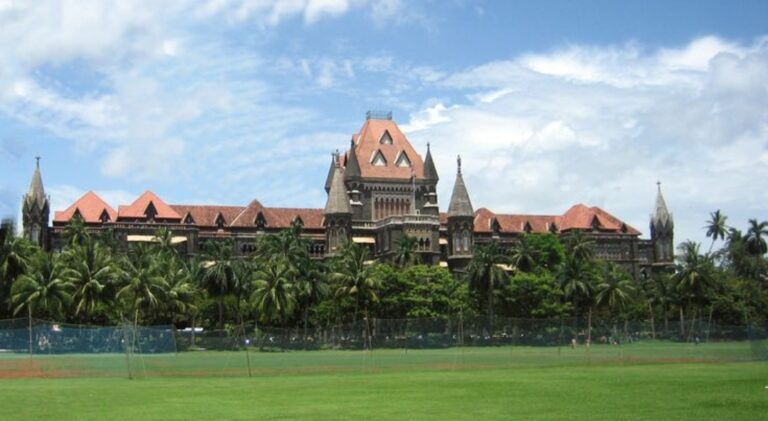A recurring issue in income-tax litigation is whether, in cases of bogus purchases, the entire purchase amount should be disallowed or whether only the profit element embedded therein can be added to income.
In a recent judgment dated 07 April 2025 in PCIT v. Drisha Impex Pvt. Ltd., the Hon’ble Bombay High Court has settled this controversy in favour of the Revenue by holding that once purchases are found to be bogus, the entire amount must be disallowed, not merely an estimated percentage.
This decision marks a significant departure from the settled ITAT approach of restricting additions to a nominal profit element (1%–12.5%), especially in cases involving trading entities.
⚖️ Facts of the Case
- The assessee engaged in trading activity claimed certain purchases in its books.
- During scrutiny, the AO found that the suppliers were hawala operators / accommodation entry providers listed by the Sales Tax Department.
- The assessee failed to prove the genuineness of purchases – no transport bills, stock register correlation, or confirmation from suppliers was available.
- The AO disallowed the entire bogus purchase amount.
- On appeal, the CIT(A) restricted disallowance to 1%, treating it as “profit element.”
- The ITAT enhanced the disallowance to 3%, citing commercial expediency and past rulings.
- The Revenue appealed to the High Court, arguing that the ITAT erred in granting partial relief despite categorically holding that purchases were bogus.
🏛️ Decision of the Bombay High Court
The Hon’ble Bombay High Court reversed the ITAT order and upheld 100% disallowance of bogus purchases, reasoning as follows:
1. Failure to discharge onus
- The primary burden lies on the assessee to establish the genuineness of purchases.
- Once it fails to produce basic evidence (delivery challans, confirmations, transport records, etc.), the purchases are rightly held bogus.
2. Cheque payments not conclusive
- Payment through account-payee cheques does not sanctify a sham transaction.
- Mere banking channel routing cannot substitute the requirement of actual purchase evidence.
3. Profit element theory not applicable
- The Tribunal committed an error of law in applying the “profit element” theory.
- Once purchases are held non-genuine in entirety, estimating profit thereon is impermissible.
- The concept of taxing only profit element applies where purchases are held unverifiable but sales are accepted — not when purchases are established as bogus.
4. Reliance on Precedents
The Court drew strength from:
- PCIT v. Kanak Impex (India) Ltd. (Bom HC, 2024) – 100% disallowance of bogus purchases under Section 69C.
- La Medica v. CIT (Delhi HC) – Held that bogus purchases are not allowable as business expenditure.
- Kaveri Rice Mills v. CIT (All HC) – Entire bogus purchase disallowable, not just profit element.
Thus, following its own ruling and aligning with Delhi and Allahabad High Courts, the Bombay HC confirmed that the correct approach is full disallowance.
📊 Key Takeaways for Taxpayers
- Strict Burden of Proof: Assessees must maintain proper documentation (invoices, transport bills, stock register, supplier confirmations).
- Cheque Payment ≠ Genuineness: Merely paying through bank does not prove the purchase.
- Profit Element Relief Limited: Courts may restrict disallowance to profit element only where purchases are unverifiable but existence of goods is established. If purchases are proved bogus, entire addition can be sustained.
- Judicial Trend Hardening: This ruling reflects a judicial shift towards zero tolerance on bogus purchase claims.
📝 Conclusion
The ruling in PCIT v. Drisha Impex Pvt. Ltd. is a landmark judgment reinforcing the principle that bogus purchases cannot be legitimized by partial relief. Once an assessee fails to substantiate genuineness, the entire bogus purchase has to be added back.
For businesses, this underscores the importance of robust documentation and supplier verification. For Revenue, the judgment provides strong backing to pursue full disallowance in similar cases.
